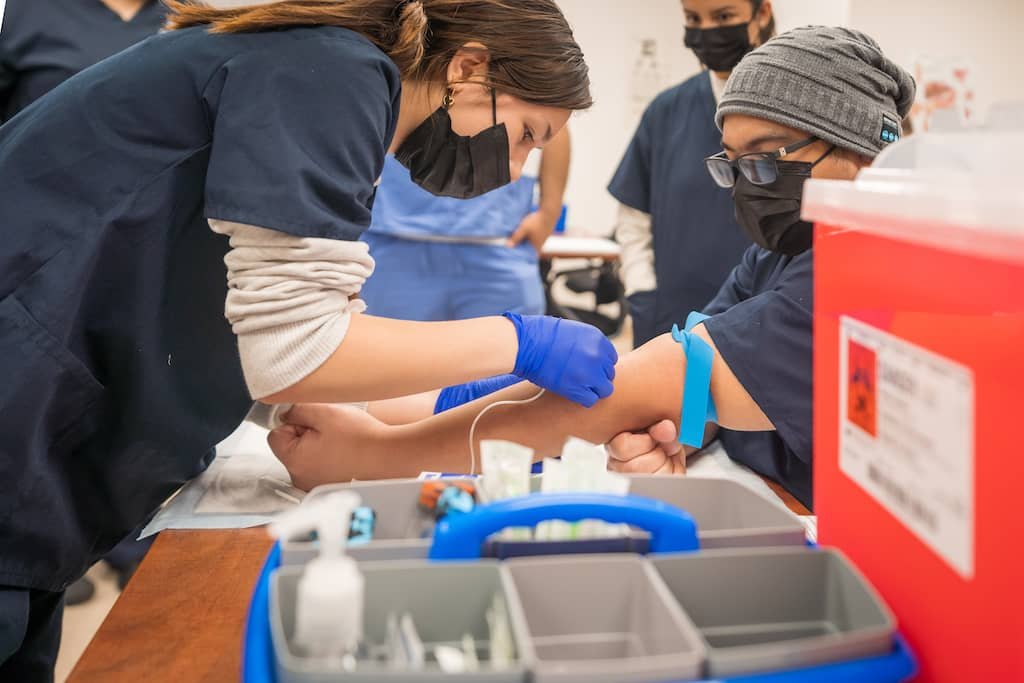Aligning Hospitals' Supply and Equipment Management with Infectious Disease Preparedness Standards
Summary
- Hospitals in the United States are implementing various measures to ensure that their supply and equipment management align with the emerging infectious disease preparedness standards.
- These measures include stockpiling essential supplies, implementing advanced inventory management systems, and collaborating with government agencies and suppliers to ensure a steady Supply Chain.
- By aligning their supply and equipment management with infectious disease preparedness standards, hospitals are better equipped to respond to outbreaks and protect both patients and healthcare workers.
Introduction
The outbreak of Infectious Diseases such as Covid-19 has highlighted the importance of proper supply and equipment management in hospitals. As healthcare facilities across the United States work to align with emerging infectious disease preparedness standards, it is crucial for them to implement measures that ensure they have the necessary supplies and equipment to respond effectively to such outbreaks.
Stockpiling Essential Supplies
One of the key measures being taken by hospitals to align with emerging infectious disease preparedness standards is the stockpiling of essential supplies. Hospitals are ensuring that they have an adequate supply of items such as personal protective equipment (PPE), ventilators, and testing kits on hand to respond to outbreaks quickly and effectively.
Advantages of Stockpiling
- Ensures hospitals have the necessary supplies to respond to outbreaks without delays.
- Helps prevent shortages and price gouging during times of high demand.
- Increases hospitals' ability to protect both patients and healthcare workers.
Challenges of Stockpiling
- Requires significant storage space and resources.
- Items in stockpile may expire before being used.
- Can be costly to maintain a large inventory of supplies.
Implementing Advanced Inventory Management Systems
In addition to stockpiling essential supplies, hospitals are also implementing advanced inventory management systems to streamline the procurement and distribution of supplies. These systems help hospitals track their inventory in real-time, identify shortages, and automate the ordering process to ensure that supplies are readily available when needed.
Benefits of Advanced Inventory Management Systems
- Improves efficiency by automating the Supply Chain process.
- Reduces the risk of stockouts and overstocking.
- Provides real-time visibility into inventory levels.
Challenges of Implementing Advanced Inventory Management Systems
- Requires significant investment in technology and training.
- May face resistance from staff accustomed to manual inventory management processes.
- Integration with existing hospital systems can be complex and time-consuming.
Collaborating with Government Agencies and Suppliers
In order to align with emerging infectious disease preparedness standards, hospitals are also collaborating with government agencies and suppliers to ensure a steady Supply Chain of essential supplies. By working together, hospitals can better predict demand, address shortages, and coordinate efforts to respond to outbreaks effectively.
Government Collaboration
- Government agencies provide guidance on best practices for infectious disease preparedness.
- Coordinate distribution of supplies during outbreaks.
- Provide funding and resources to support hospitals' preparedness efforts.
Supplier Collaboration
- Suppliers play a key role in ensuring a steady supply of essential supplies.
- Work with hospitals to prioritize orders during times of high demand.
- Provide insights into market trends and potential Supply Chain disruptions.
Conclusion
As hospitals in the United States work to align with emerging infectious disease preparedness standards, measures such as stockpiling essential supplies, implementing advanced inventory management systems, and collaborating with government agencies and suppliers are crucial for ensuring they are well-prepared to respond to outbreaks effectively. By taking these steps, hospitals can protect both patients and healthcare workers and mitigate the impact of Infectious Diseases on their communities.

Disclaimer: The content provided on this blog is for informational purposes only, reflecting the personal opinions and insights of the author(s) on the topics. The information provided should not be used for diagnosing or treating a health problem or disease, and those seeking personal medical advice should consult with a licensed physician. Always seek the advice of your doctor or other qualified health provider regarding a medical condition. Never disregard professional medical advice or delay in seeking it because of something you have read on this website. If you think you may have a medical emergency, call 911 or go to the nearest emergency room immediately. No physician-patient relationship is created by this web site or its use. No contributors to this web site make any representations, express or implied, with respect to the information provided herein or to its use. While we strive to share accurate and up-to-date information, we cannot guarantee the completeness, reliability, or accuracy of the content. The blog may also include links to external websites and resources for the convenience of our readers. Please note that linking to other sites does not imply endorsement of their content, practices, or services by us. Readers should use their discretion and judgment while exploring any external links and resources mentioned on this blog.

